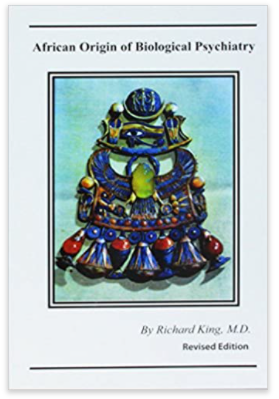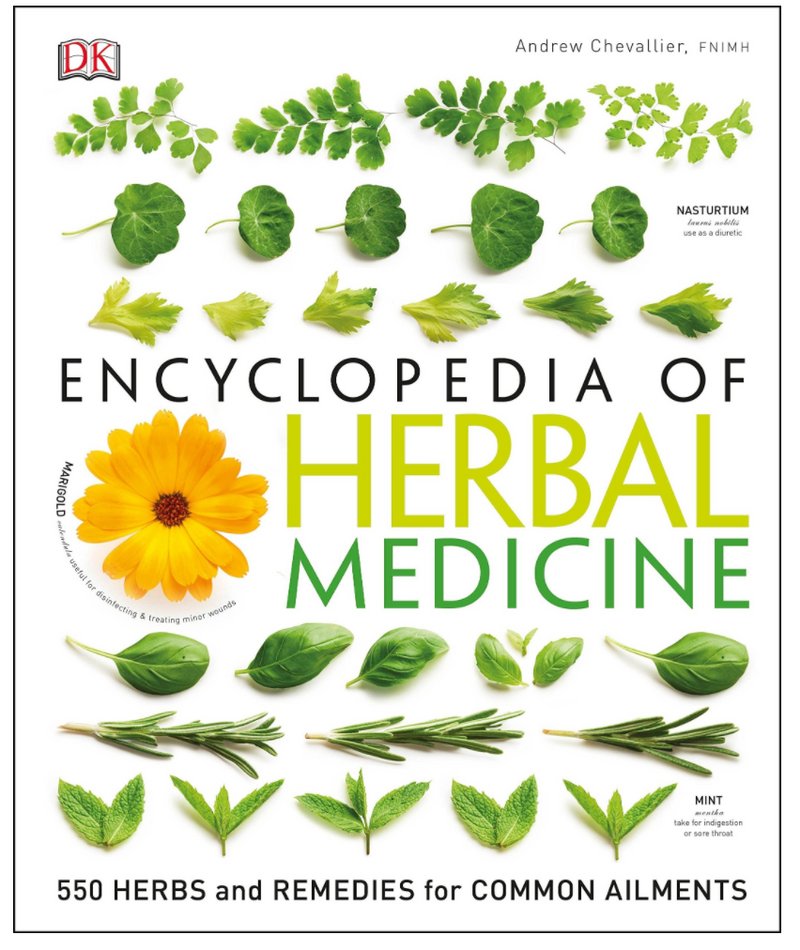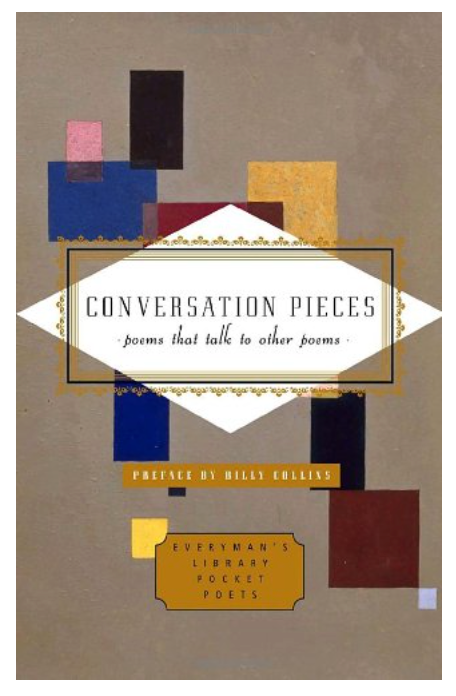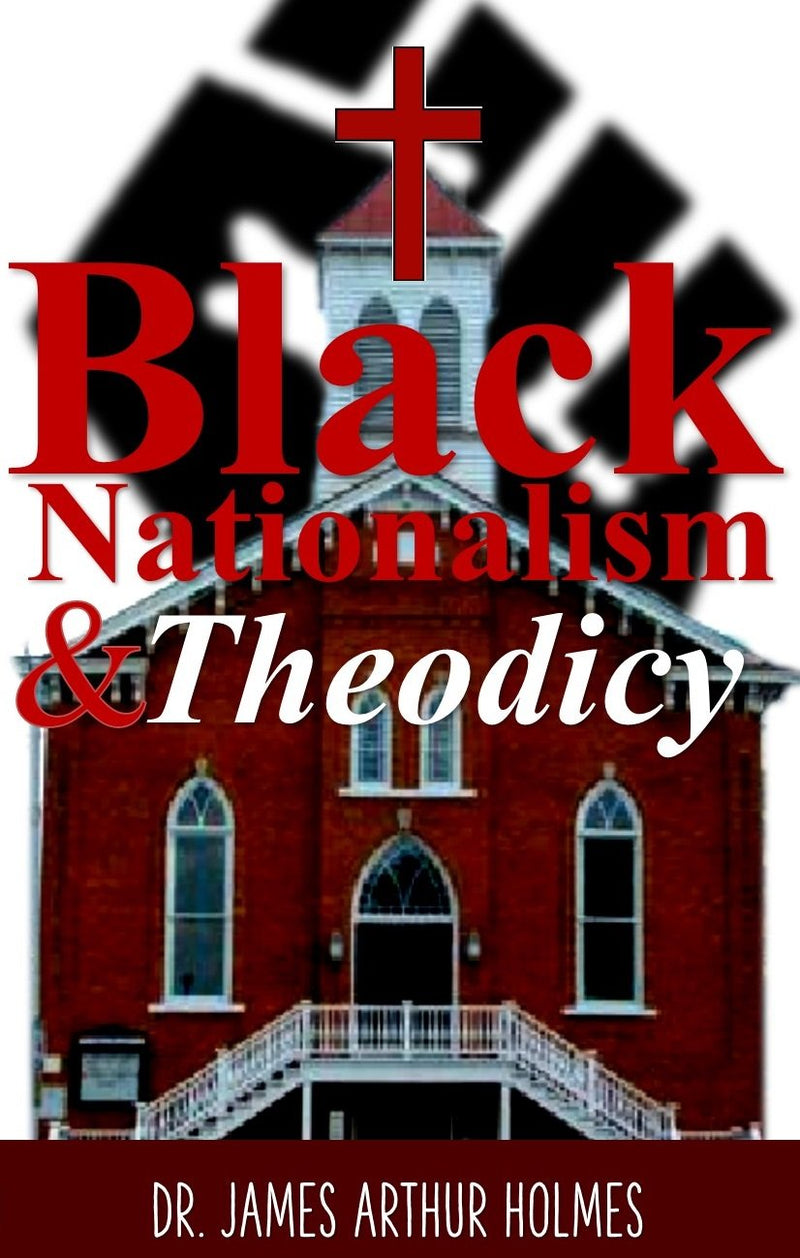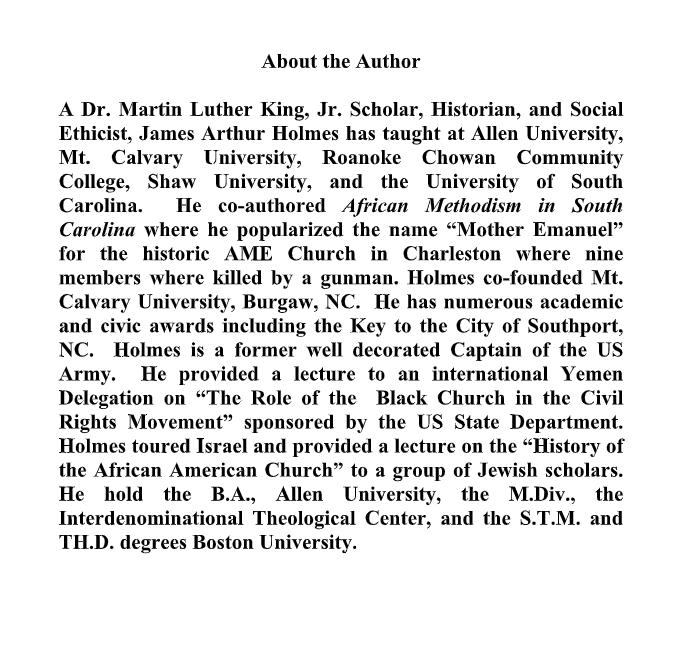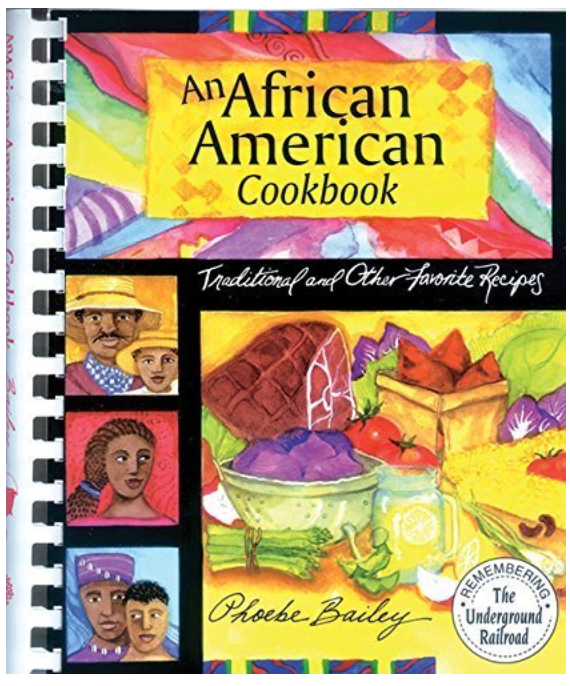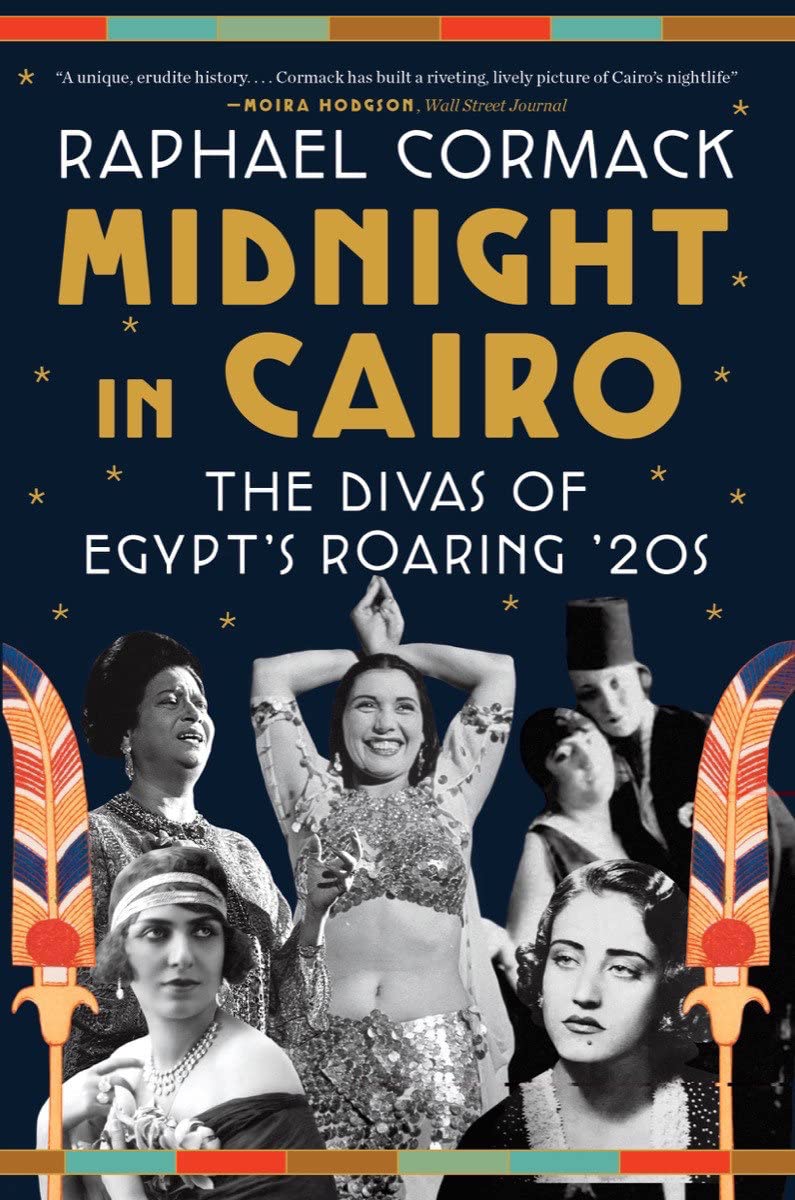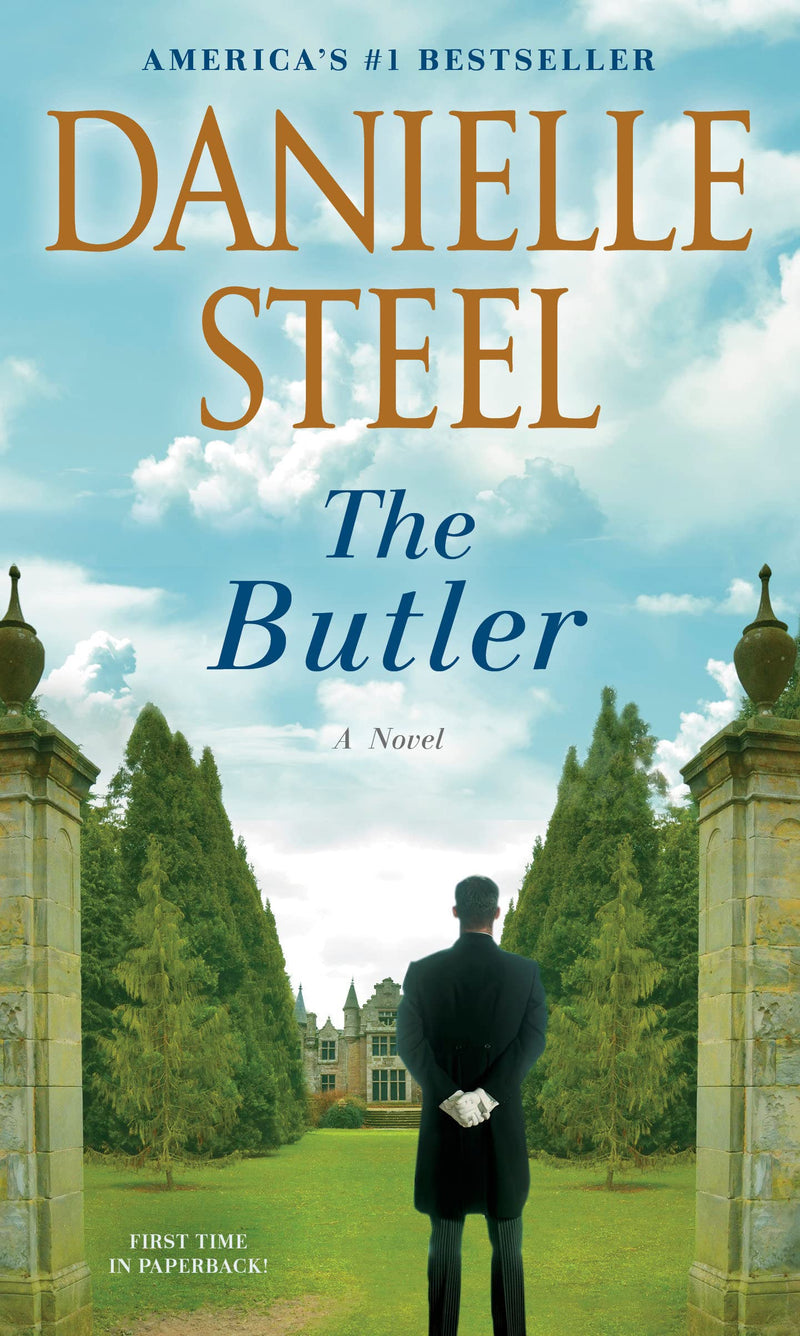*Includes pictures
*Includes online resources and a bibliography for further reading
“Art is dangerous. It is one of the attractions: when it ceases to be dangerous you don't want it.” – Duke Ellington
Louis Armstrong once claimed that “Every time I close my eyes blowing that trumpet of mine—I look right in the heart of good old New Orleans…It has given me something to live for.” This statement conjures an image which most anyone familiar with jazz music can recall: Armstrong clutching his trumpet forcefully, his eyes closed in a manner that distances him from his physical surroundings in favor of a perfect harmony between the man and his instrument. As Armstrong alludes to in this remark, this connection also speaks to the enduring influence of his New Orleans background, which informed his musical style and indeed continued to live on through his music. To be sure, while performing, Armstrong appeared lost in a reverie, a condition that imbued his performances with a kind of mythical flair, as if one were watching a man consumed by a moment of transcendence. In other words, if the music of Louis Armstrong produced an emotional response in the listener, this invariably paled in comparison with the deep, organic pathos he was able to produce through his music.
In 1956, Duke Ellington was featured on the cover of Time Magazine after a bravura performance at the Newport Jazz Festival that summer. This remains one of his most iconic achievements, and a landmark for jazz music as a whole (only four jazz musicians were ever displayed on the cover of Time). At the same time, however, this recognition stands as one of the prevailing ironies of Ellington’s career, as he was deep into the latter stages of his performing life by this point. Indeed, there is a way in which everything that Ellington had done up to that point in his career was obscured. Put differently, it is misleading to recognize Duke simply for his accomplished performance at the festival, as one could justifiably argue that he transformed the very nature of jazz (both its stylistic qualities and its cultural identity) in his career up until this point.
*Includes online resources and a bibliography for further reading
“Art is dangerous. It is one of the attractions: when it ceases to be dangerous you don't want it.” – Duke Ellington
Louis Armstrong once claimed that “Every time I close my eyes blowing that trumpet of mine—I look right in the heart of good old New Orleans…It has given me something to live for.” This statement conjures an image which most anyone familiar with jazz music can recall: Armstrong clutching his trumpet forcefully, his eyes closed in a manner that distances him from his physical surroundings in favor of a perfect harmony between the man and his instrument. As Armstrong alludes to in this remark, this connection also speaks to the enduring influence of his New Orleans background, which informed his musical style and indeed continued to live on through his music. To be sure, while performing, Armstrong appeared lost in a reverie, a condition that imbued his performances with a kind of mythical flair, as if one were watching a man consumed by a moment of transcendence. In other words, if the music of Louis Armstrong produced an emotional response in the listener, this invariably paled in comparison with the deep, organic pathos he was able to produce through his music.
In 1956, Duke Ellington was featured on the cover of Time Magazine after a bravura performance at the Newport Jazz Festival that summer. This remains one of his most iconic achievements, and a landmark for jazz music as a whole (only four jazz musicians were ever displayed on the cover of Time). At the same time, however, this recognition stands as one of the prevailing ironies of Ellington’s career, as he was deep into the latter stages of his performing life by this point. Indeed, there is a way in which everything that Ellington had done up to that point in his career was obscured. Put differently, it is misleading to recognize Duke simply for his accomplished performance at the festival, as one could justifiably argue that he transformed the very nature of jazz (both its stylistic qualities and its cultural identity) in his career up until this point.








